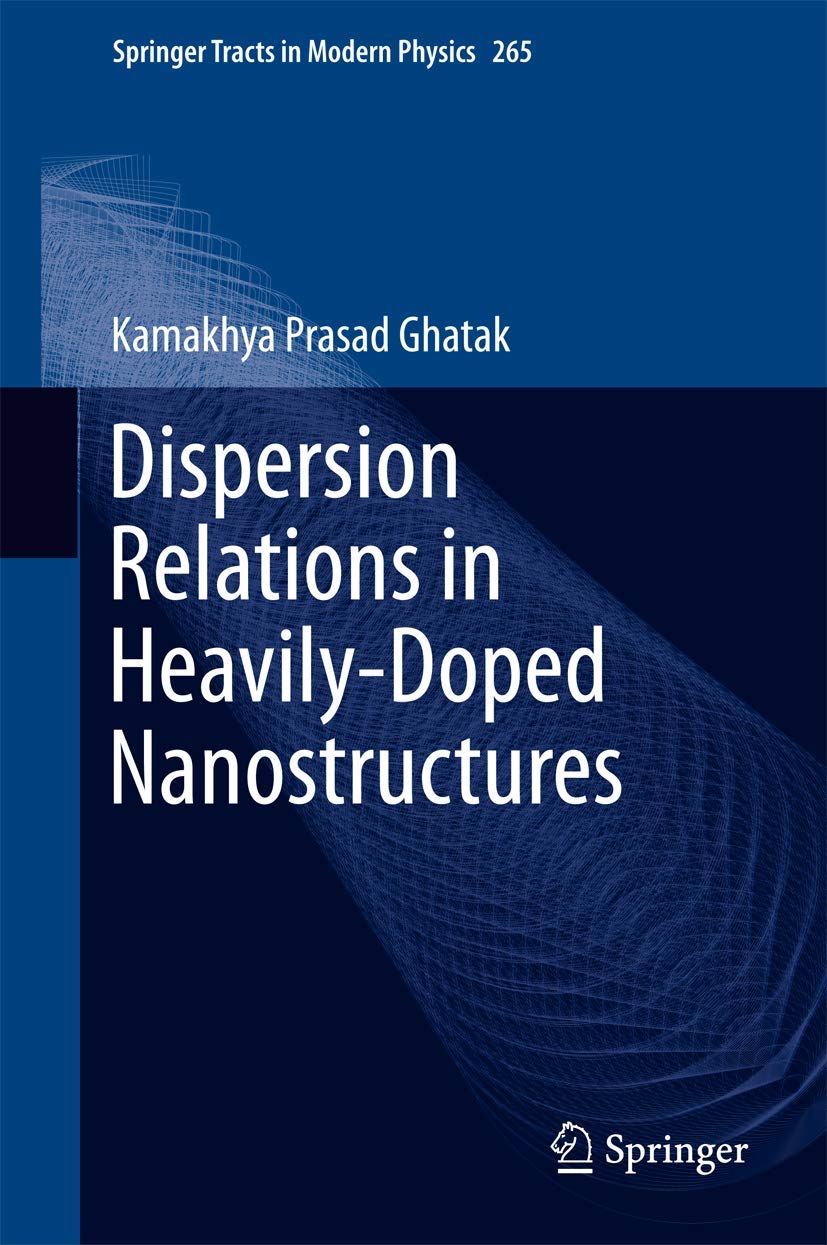Dispersion Relations in Heavily-Doped Nanostructures
Dispersion Relations in Heavily-Doped Nanostructures is backordered and will ship as soon as it is back in stock.
Couldn't load pickup availability
Genuine Products Guarantee
Genuine Products Guarantee
We guarantee 100% genuine products, and if proven otherwise, we will compensate you with 10 times the product's cost.
Delivery and Shipping
Delivery and Shipping
Products are generally ready for dispatch within 1 day and typically reach you in 3 to 5 days.
Book Details
-
Publisher: Springer
-
Author: Kamakhya Prasad Ghatak
-
Language: English
-
Binding: Hardcover
-
ISBN: 9783319209999
-
Pages: 625
-
Release Date: 23-11-2015
-
Package Dimensions: 9.4 x 6.5 x 1.6 inches
About The Book
Dispersion Relations in Heavily Doped Nano-Structures by Kamakhya Prasad Ghatak offers a comprehensive analysis of dispersion relations in various nano-structures, with a particular focus on heavily doped materials. This book explores a wide range of optoelectronic materials, including III-V, II-VI, and IV-VI semiconductors, along with unique materials like Platinum Antimonide, GaSb, and Bismuth Telluride. It goes in-depth into the effects of magnetic quantization, magnetic fields, and carrier energy spectra on the band structure and dispersion relations of nano-structures.
One of the key topics of the book is the influence of external photo-excitation on the band gaps in optoelectronic materials, and how this affects the quantum effects in optoelectronic devices. The book also discusses the impact of crossed electric and quantizing fields, as well as intense electric fields on the dispersion relations in heavily doped semiconductors and superlattices.
In addition to the theoretical aspects, this book includes over 200 open research problems, which serve as an integral part of the text. These problems make it an excellent resource for graduate students, researchers, and engineers interested in the cutting-edge research on nano-structures and optoelectronics.
Written for postgraduate students, researchers, and engineers, this book offers a clear and rigorous treatment of the dispersion relation in nano-structured materials, making it an invaluable resource for those involved in advanced semiconductor research.





